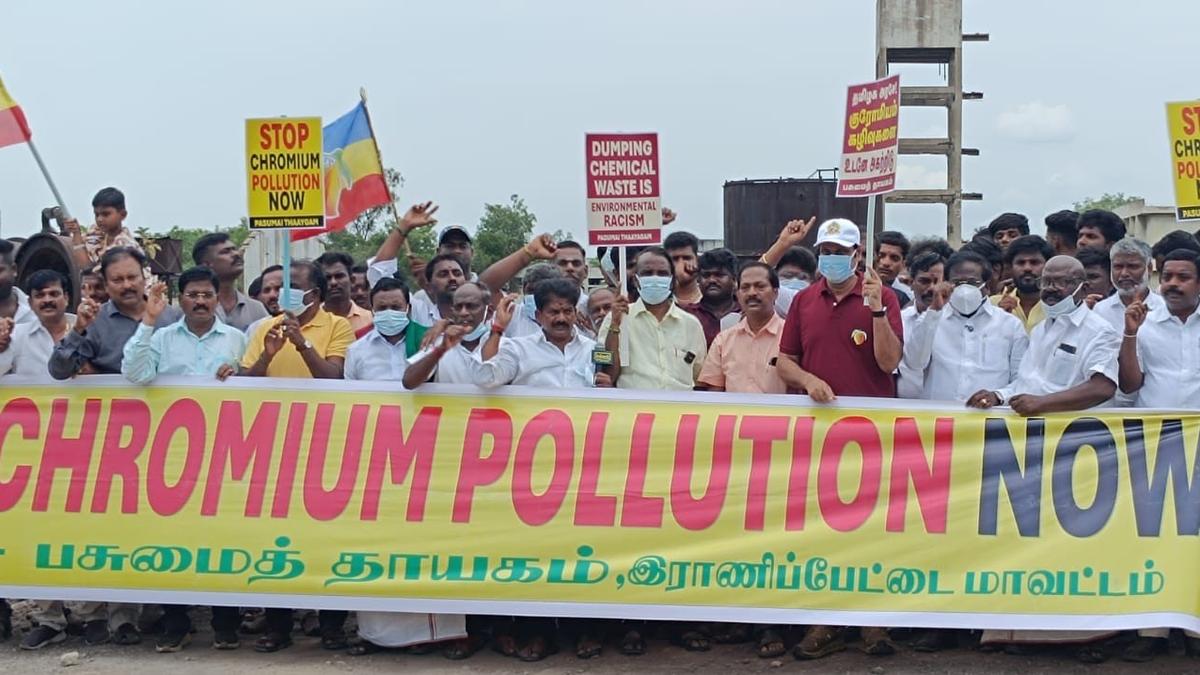Now Reading: Telangana Emerging as a Handloom Hub: Kishan Reddy
-
01
Telangana Emerging as a Handloom Hub: Kishan Reddy
Telangana Emerging as a Handloom Hub: Kishan Reddy
Quick Summary
- Union Minister G. Kishan Reddy stated that Telangana is rapidly developing into a handloom hub due to the proposed Kakatiya Mega Textile Park in Warangal, anticipated to attract ₹10,000 crore investment and create jobs for around two lakh people.
- The Central Government has distributed 100 electronic jacquard weaving machines and established 31 handloom producer companies.
- Efforts are underway to revive traditional fabrics like Himroo, Pithambari sarees, and Armoor silk sarees; handloom clusters are being set up in Siddipet, Kamalapur, Dubbak, and Warangal.
- Nearly 900 weavers have received modern methods training; ₹70 crore worth of Mudra loans were sanctioned.
- Telangana employs approximately 48,000 artisans working on renowned handlooms like Pochampalli Ikkat and Narayanapet cotton sarees.
- The indian handloom sector accounts for 2.3% of GDP, contributes 13% of industrial output and 12% of exports. India ranked as the sixth-largest textile exporter globally under the ‘Make in India’ initiative using the ‘5F strategy.’
- Handloom exports generated ₹3 lakh crore in revenue during FY2023-24; plans aim to increase this figure to ₹9 lakh crore by 2030.
- Social welfare initiatives include an ₹8,000 monthly pension for weavers and scholarships worth ₹2 lakh for their children pursuing higher education.
Indian opinion analysis
The development initiatives highlighted at National Handloom Day underscore India’s strategic focus on boosting its traditional textile sector as both a cultural heritage symbol and economic driver. Telangana’s emergence as a key player through investments like the Kakatiya Mega Textile Park could enhance local employment opportunities while addressing global demand for handcrafted textiles. Training programs modernize practices while preserving artisanal techniques-critical given international recognition of products like Pochampalli Ikkat.
Though significant growth aspirations surrounding exports may face global market challenges-including competition from advanced machinery-dominated regions-though India’s distinctive craftsmanship offers leverage. Social incentives such as pensions or scholarships reflect attempts to improve livelihood sustainability within this workforce-dependent industry which ranks next only underneath agriculture’s influence nationally.
Read more: The Hindu























